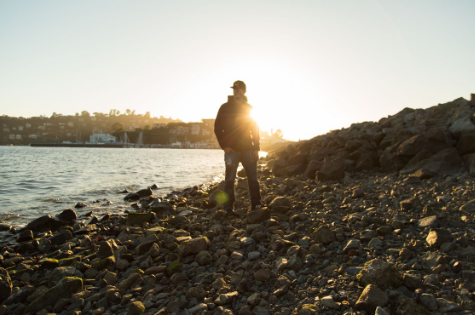A new national Cancer Council study examining role modelling and sun protection behaviours of Australian adults highlights that fathers are regularly protecting their children but aren’t as good at protecting themselves.
The 2019 Summer Sun Protection Survey (Life in Australia™), examined the sun protection practices of 2,154 Australian adults, including 401 parents of young children aged 1-12, last January and February
The vast majority of fathers (81%) reported that their young child’s skin was regularly protected from the sun when outdoors, but less than half (44%) regularly protected their own skin from the sun.
Chair of Cancer Council Australia’s National Skin Cancer Committee, Heather Walker, said it was important for fathers to think about themselves too.
“It’s great to see that dads are protecting their children from UV, but they’re not always as careful when it comes to their own skin. These statistics are concerning because men are more likely to get and die from skin cancer than women.” Ms Walker said.
In Australia, sun protection is required when UV levels reach three or above which occurs right across the country in Spring.
“With Father’s Day this Sunday and UV levels on the rise across the country these findings serve as a powerful reminder to all Australians - and dads in particular - to use sun protection.” Ms Walker said.
Father of two young children, John Colquhoun, aged 39, said the findings were a wake-up call.
“Skin cancer can affect any one of us so we need to do everything we can to prevent it. I want to celebrate Father’s Day with my two girls for many years to come and also be a good role model so they can see first-hand that the good habits they’re learning now are habits for life,” Mr Colquhoun said.
Australia has the highest rate of skin cancer in the world. It is estimated that over 15,200 Australians will be diagnosed with melanoma this year, and over 1720 Australians will sadly die from the disease. Non-melanoma skin cancer is also Australia’s most common cancer type.
“Despite its prevalence, most skin cancer can be prevented by using good sun protection. The free SunSmart app tells you when sun protection is recommended for your location and provides current UV levels. Sun protection times can also be found at the Bureau of Meteorology website,” Ms Walker said.
During sun protection times (when UV levels are 3 or higher), Cancer Council recommends people:
- Slip on clothing that covers as much skin as possible
- Slop on SPF30 (or higher) broad-spectrum, water-resistant sunscreen
- Slap on a Broad-brimmed hat that shades the face, ears and neck
- Seek Shade and
- Slide on sunglasses that meet the Australian Standard for UV protection
For more information visit: www.cancer.org.au







__small.png)









__small.png)










